Home>Gardening & Outdoor>Plant Care & Gardening Tips>Where Is Ice Plant Native To
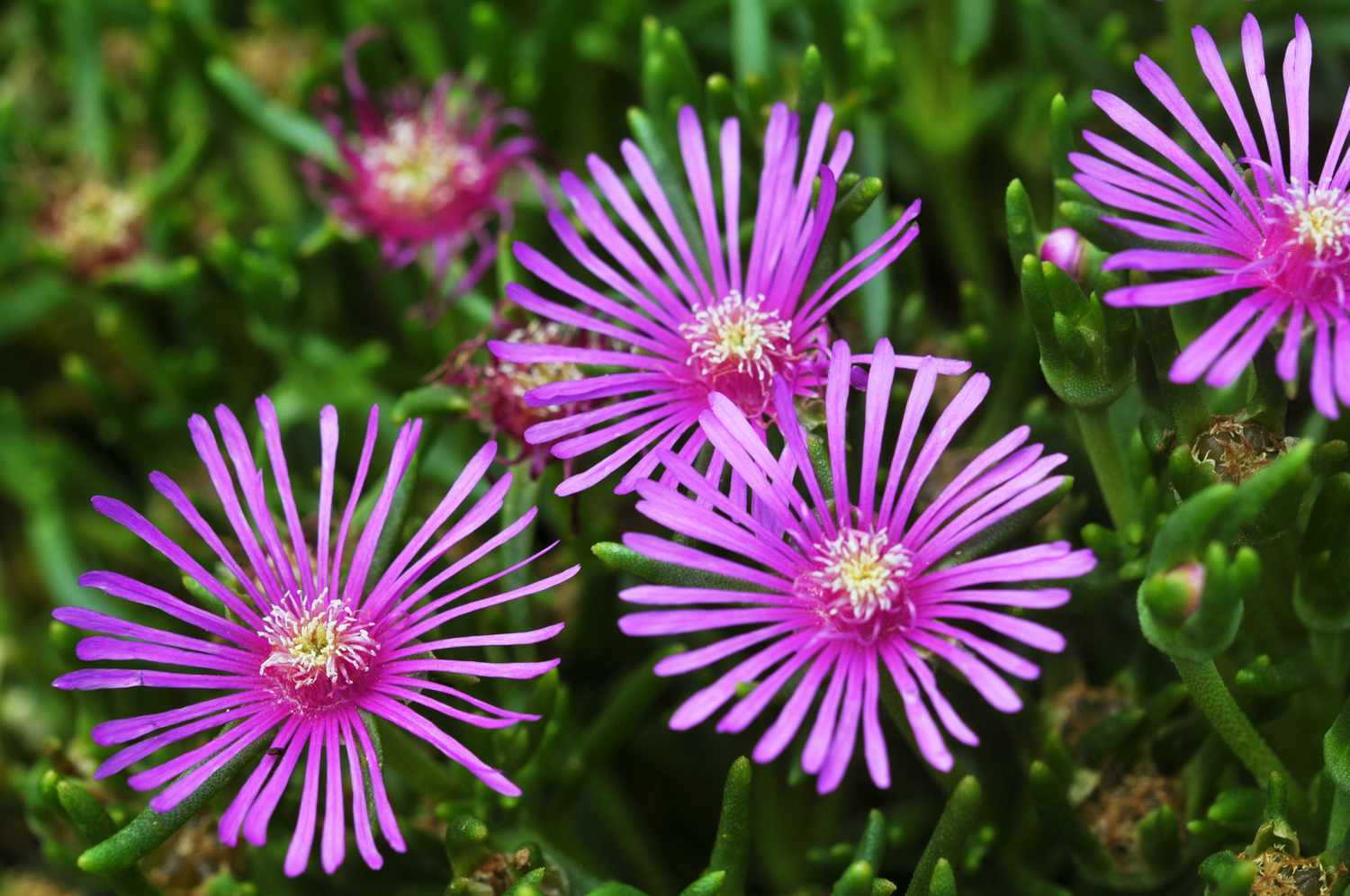

Plant Care & Gardening Tips
Where Is Ice Plant Native To
Modified: January 9, 2024
Discover where the ice plant is native to and get expert plant care and gardening tips. Learn how to care for this beautiful succulent and grow it successfully in your garden.
(Many of the links in this article redirect to a specific reviewed product. Your purchase of these products through affiliate links helps to generate commission for Storables.com, at no extra cost. Learn more)
Introduction
Welcome to the fascinating world of ice plants, where beauty meets resilience and functionality. Ice plants, also known as Delosperma, are a diverse group of succulent plants that have captured the hearts of gardeners and plant enthusiasts around the globe. Their ability to thrive in various conditions, coupled with their vibrant and eye-catching flowers, makes them a popular choice for both indoor and outdoor settings.
In this article, we will delve into the origins of the ice plant, exploring its native habitat and range. Additionally, we will discuss the implications of its introduction into new environments and its classification as an invasive species in certain regions. By the end of this journey, you will have a deeper understanding of the ice plant's natural disposition and the impact of its proliferation beyond its native range.
Join us as we embark on a captivating exploration of the ice plant's origins and its role in the intricate tapestry of the natural world.
Key Takeaways:
- Ice plants, native to southern Africa, thrive in arid, coastal regions. Their vibrant blooms attract pollinators, contributing to biodiversity. However, when introduced to non-native areas, they can become invasive and disrupt ecosystems.
- Understanding the ice plant’s native habitat and potential as an invasive species is crucial for responsible gardening and conservation. Embracing sustainable practices can help maintain a harmonious balance between introduced and native species.
Read more: Where Is The Snake Plant Native To
Ice Plant: A Brief Overview
The ice plant, scientifically classified under the genus Delosperma, encompasses a diverse array of flowering succulents that are cherished for their hardiness and ornamental appeal. These resilient plants are characterized by fleshy, water-storing leaves and an array of vibrant, daisy-like flowers that adorn their trailing stems.
Renowned for their ability to thrive in arid and semi-arid regions, ice plants have become popular additions to xeriscapes and rock gardens, where their low water requirements and striking blooms add a touch of color and vitality to otherwise challenging landscapes. Their adaptability and low maintenance needs make them a favorite among gardeners seeking to cultivate visually stunning yet undemanding plant species.
Ice plants are celebrated for their versatility, serving as ground covers, container plants, and erosion control solutions in various gardening and landscaping contexts. Their ability to flourish in poor, sandy soils and their resilience in the face of drought further contribute to their appeal as sustainable and aesthetically pleasing botanical choices.
As we continue our exploration, we will gain deeper insights into the natural habitat of the ice plant and the regions where it thrives in its native state.
Ice Plant Habitat
The ice plant, or Delosperma, is inherently adapted to thrive in environments characterized by arid to semi-arid conditions. These resilient succulents are commonly found in regions with well-draining, sandy or gravelly soils, where they can efficiently store water in their succulent leaves and stems. Their natural habitat often includes coastal areas, rocky slopes, and dry, open landscapes that experience ample sunlight.
One of the defining features of the ice plant’s habitat is its ability to withstand salt spray and thrive in coastal regions. This unique trait makes it a valuable asset in stabilizing sand dunes and preventing erosion along shorelines. The ice plant’s succulent nature allows it to endure the harsh conditions of coastal environments, where high winds and salt exposure can pose significant challenges to other plant species.
Furthermore, the ice plant’s adaptability to a wide range of soil types, including nutrient-poor substrates, enables it to thrive in locations where many other plants struggle to establish themselves. This resilience and adaptability have contributed to the ice plant’s widespread popularity in landscaping and horticulture, particularly in regions with challenging growing conditions.
As we journey deeper into the ice plant’s natural range, we will uncover the specific regions where it has evolved and flourished over time.
The ice plant is native to South Africa, where it thrives in sandy coastal areas. It is known for its ability to tolerate salty conditions and its colorful, daisy-like flowers.
Ice Plant Native Range
The native range of the ice plant, or Delosperma, encompasses a diverse array of habitats across southern Africa, including countries such as South Africa, Namibia, and Lesotho. Within these regions, the ice plant thrives in various ecosystems, from coastal areas to inland rocky terrains, where its succulent nature and vibrant blooms have become integral components of the natural landscape.
South Africa, in particular, serves as a primary hub for the diversity of ice plant species, with many varieties endemic to specific regions within the country. The Western Cape, renowned for its rich botanical heritage, hosts numerous species of Delosperma, each uniquely adapted to its respective microclimates and soil conditions.
Within its native range, the ice plant plays a vital ecological role, providing sustenance for pollinators and contributing to the overall biodiversity of its habitats. Its vibrant flowers, which range in hues from radiant pinks to sunny yellows, attract a myriad of insect species, serving as essential sources of nectar and pollen in these ecosystems.
As we celebrate the ice plant’s natural range, it is essential to recognize the significance of preserving its native habitats and the delicate balance of the ecosystems in which it thrives. The conservation of these regions is paramount in safeguarding the genetic diversity of ice plant species and maintaining the intricate web of life that depends on their presence.
Now that we have gained insights into the ice plant’s native range, we will delve into the implications of its introduction into new environments and its classification as an invasive species in certain regions.
Ice Plant as an Invasive Species
Despite its natural charm and resilience, the ice plant has garnered attention for its potential to become an invasive species in certain non-native environments. When introduced to regions outside of its native range, particularly in coastal areas with mild climates, the ice plant’s vigorous growth and ability to outcompete native vegetation have raised concerns among ecologists and conservationists.
In coastal regions such as California and parts of Australia, the ice plant has exhibited invasive tendencies, forming dense mats that can outshade and outcompete native flora. This aggressive growth pattern can disrupt the delicate balance of coastal ecosystems, impacting the native plant and animal species that depend on these habitats for survival.
The ice plant’s ability to establish itself in sandy and rocky coastal soils, coupled with its efficient water storage mechanisms, provides it with a competitive advantage in these environments. As a result, it can rapidly colonize vast areas, altering the ecological dynamics and reducing the biodiversity of native plant communities.
Efforts to manage the spread of invasive ice plant populations often involve strategic removal and restoration initiatives aimed at reestablishing native vegetation and restoring ecological balance. These endeavors underscore the importance of understanding the potential ecological impacts of introducing non-native plant species into delicate ecosystems and the necessity of proactive measures to mitigate their proliferation.
By recognizing the complexities of the ice plant’s interactions with non-native environments, we can work towards fostering sustainable coexistence between introduced species and the preservation of native biodiversity.
As we conclude our exploration of the ice plant’s journey beyond its native range, we reflect on the delicate interplay between species introduction and environmental stewardship.
Read more: Where Is Pitcher Plant Native To
Conclusion
The ice plant, with its captivating beauty and remarkable resilience, embodies a testament to the intricate dance of nature and the enduring allure of botanical diversity. Native to the diverse landscapes of southern Africa, the ice plant has carved its place in the coastal regions, rocky slopes, and arid terrains, where its vibrant blooms and succulent foliage have become integral components of the natural tapestry.
As we celebrate the ice plant’s native range and the vital role it plays in its indigenous ecosystems, we also acknowledge the challenges posed by its introduction into non-native environments. The delicate balance between the preservation of native biodiversity and the management of invasive species underscores the need for thoughtful stewardship and conservation efforts.
By gaining a deeper understanding of the ice plant’s natural habitat, native range, and potential impacts as an invasive species, we are equipped to approach the cultivation and management of this resilient plant with a sense of responsibility and environmental mindfulness. Through sustainable gardening practices, informed species selection, and proactive conservation measures, we can foster harmonious coexistence between introduced species and the preservation of native ecosystems.
As we continue to explore the wonders of the botanical world, let us embrace the lessons offered by the ice plant’s journey, honoring its native origins while navigating the complexities of its interactions with diverse environments. In doing so, we uphold the rich tapestry of life and the interconnectedness of all living beings in our shared natural heritage.
May the beauty and resilience of the ice plant inspire us to tread lightly on the Earth, nurturing the delicate balance of ecosystems and cherishing the boundless wonders of the botanical realm.
Frequently Asked Questions about Where Is Ice Plant Native To
Was this page helpful?
At Storables.com, we guarantee accurate and reliable information. Our content, validated by Expert Board Contributors, is crafted following stringent Editorial Policies. We're committed to providing you with well-researched, expert-backed insights for all your informational needs.
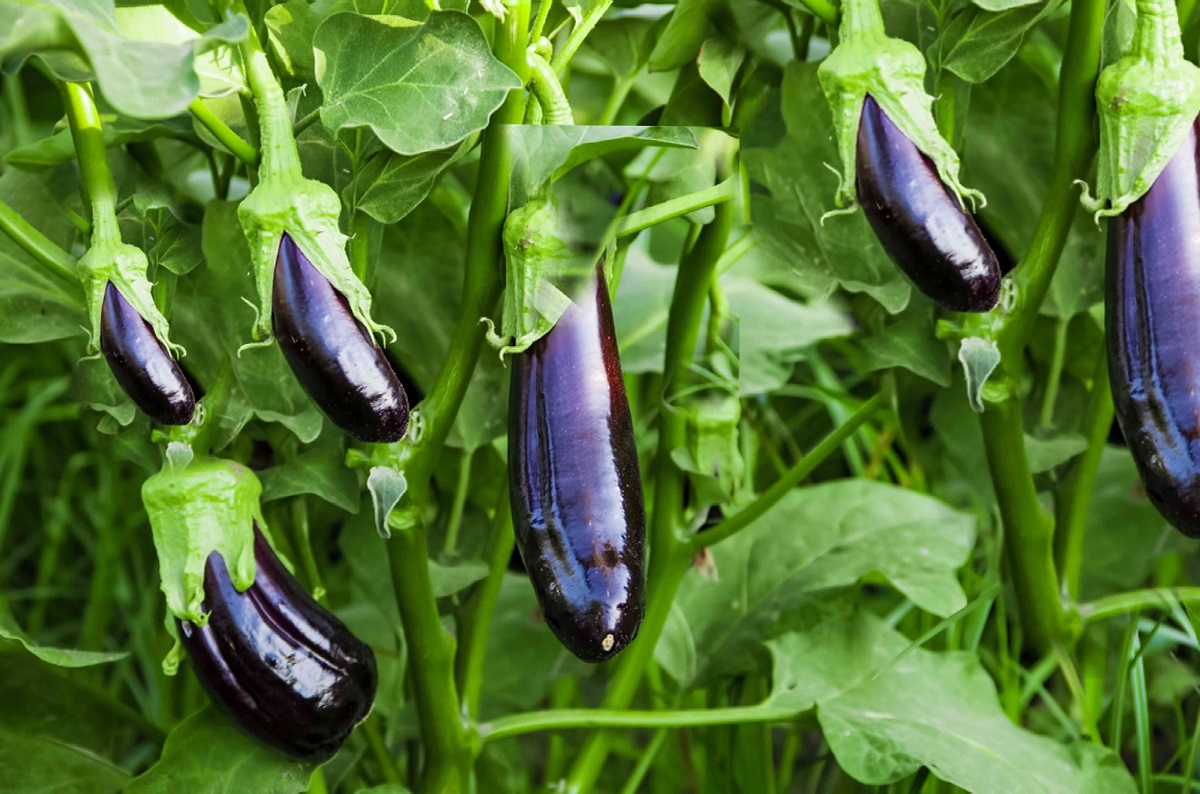
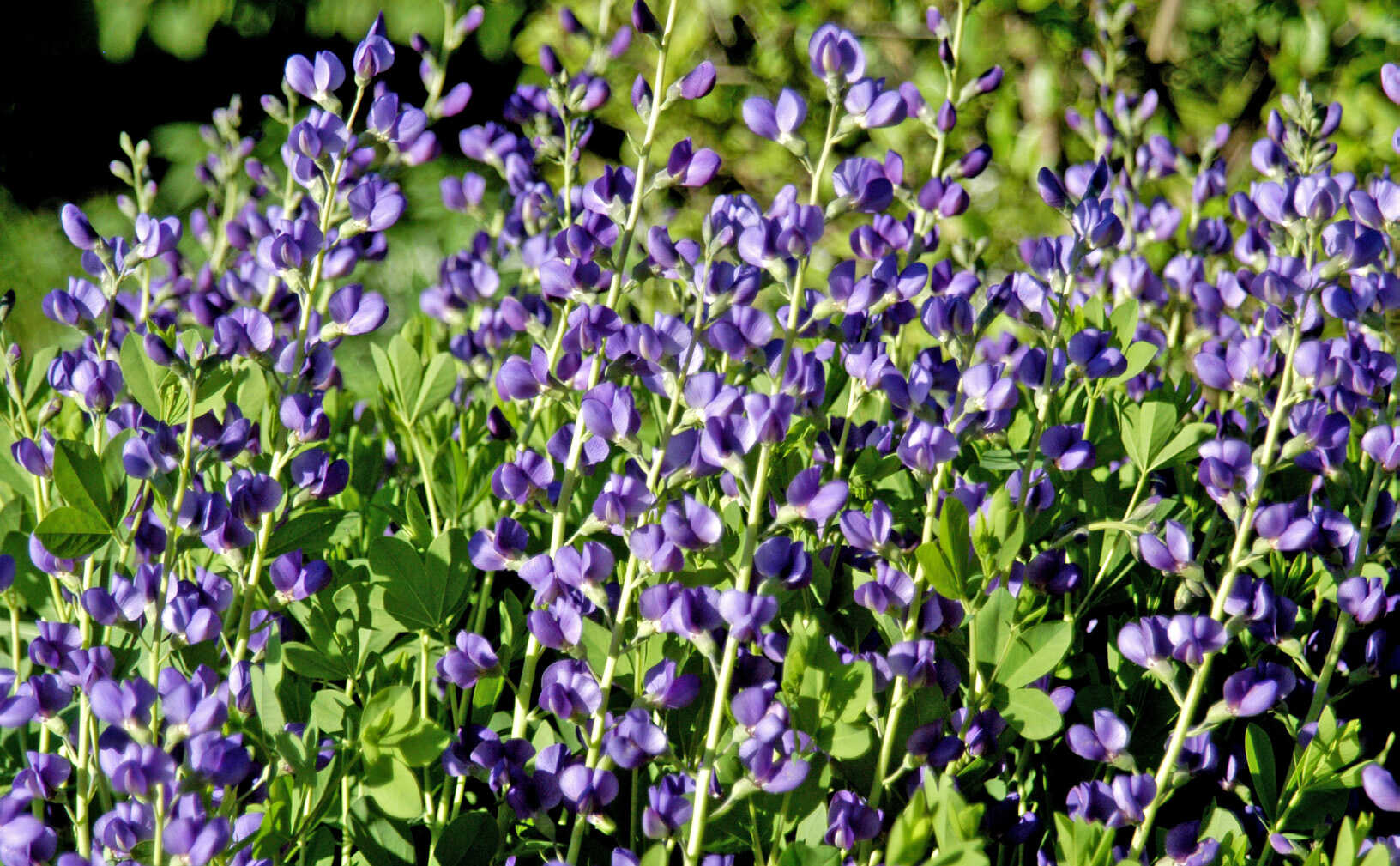
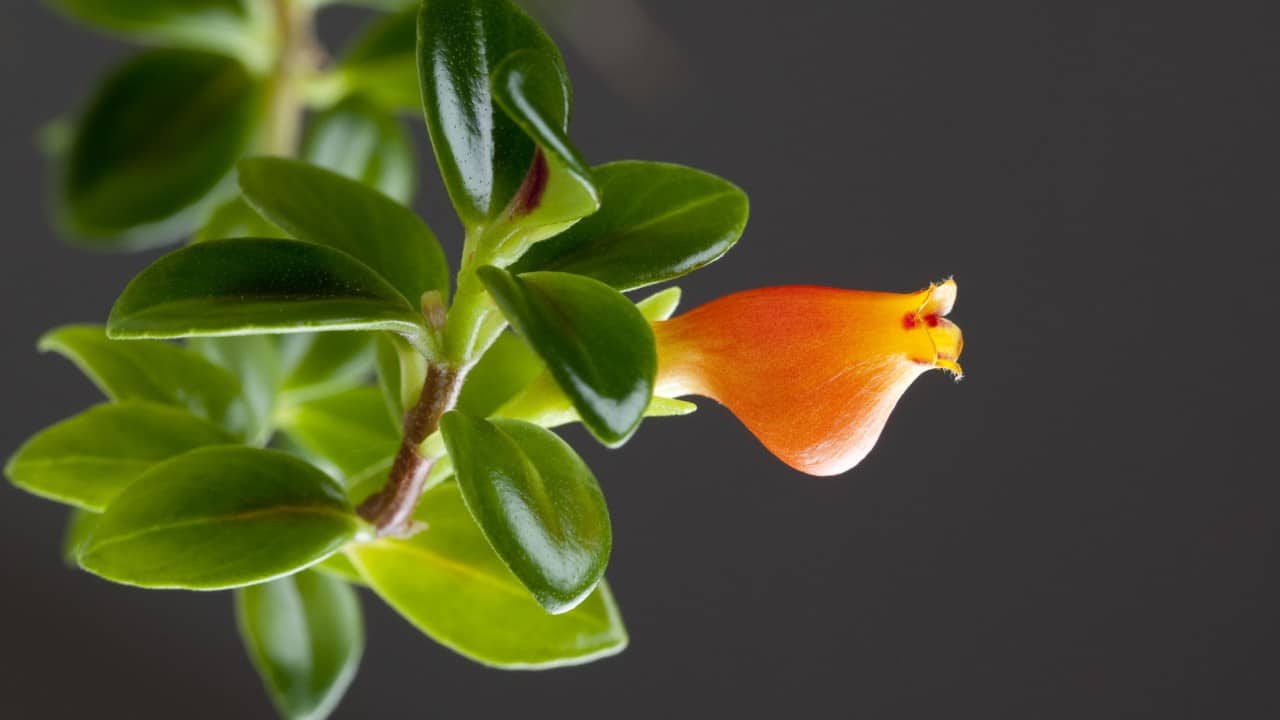
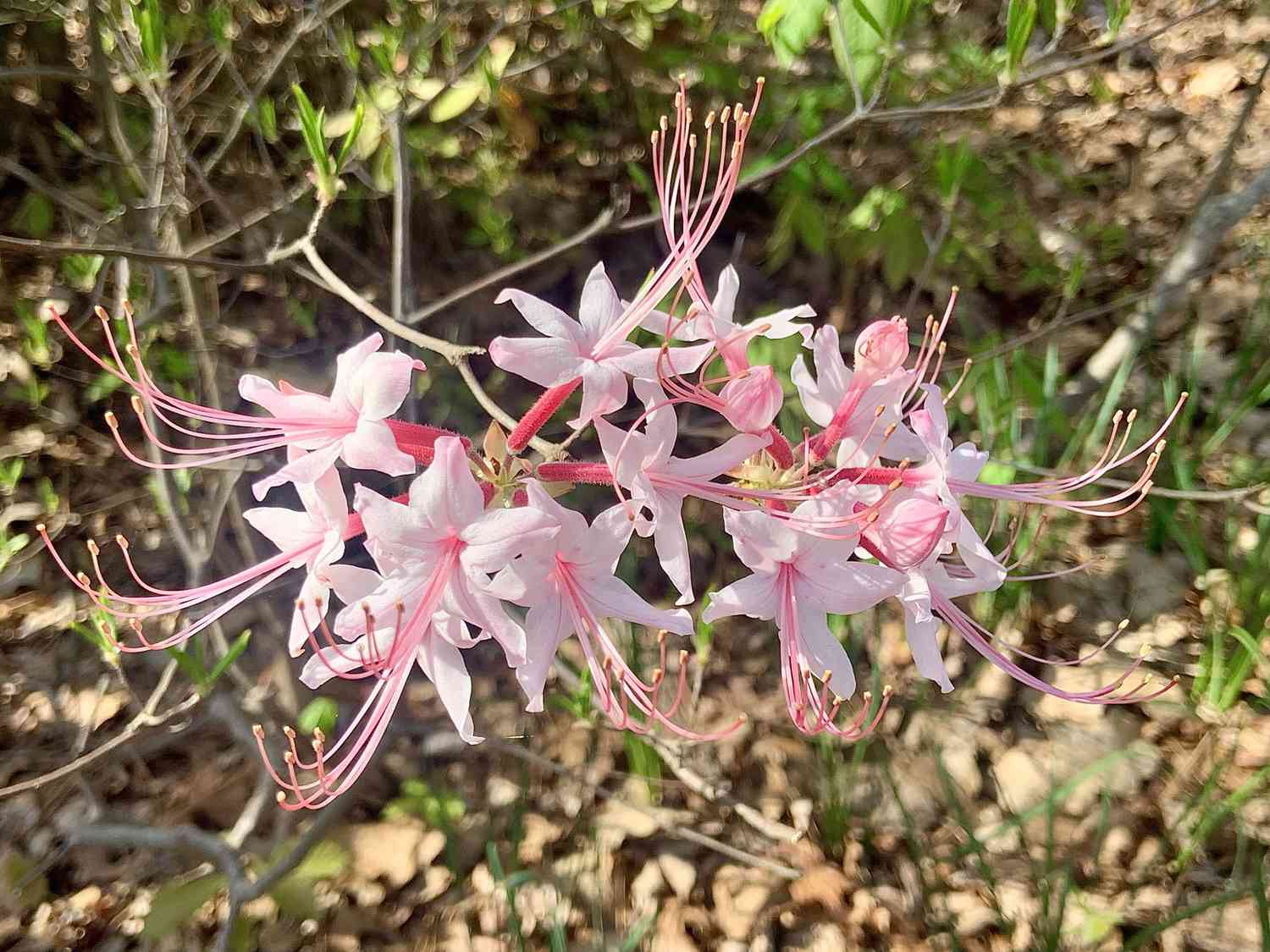
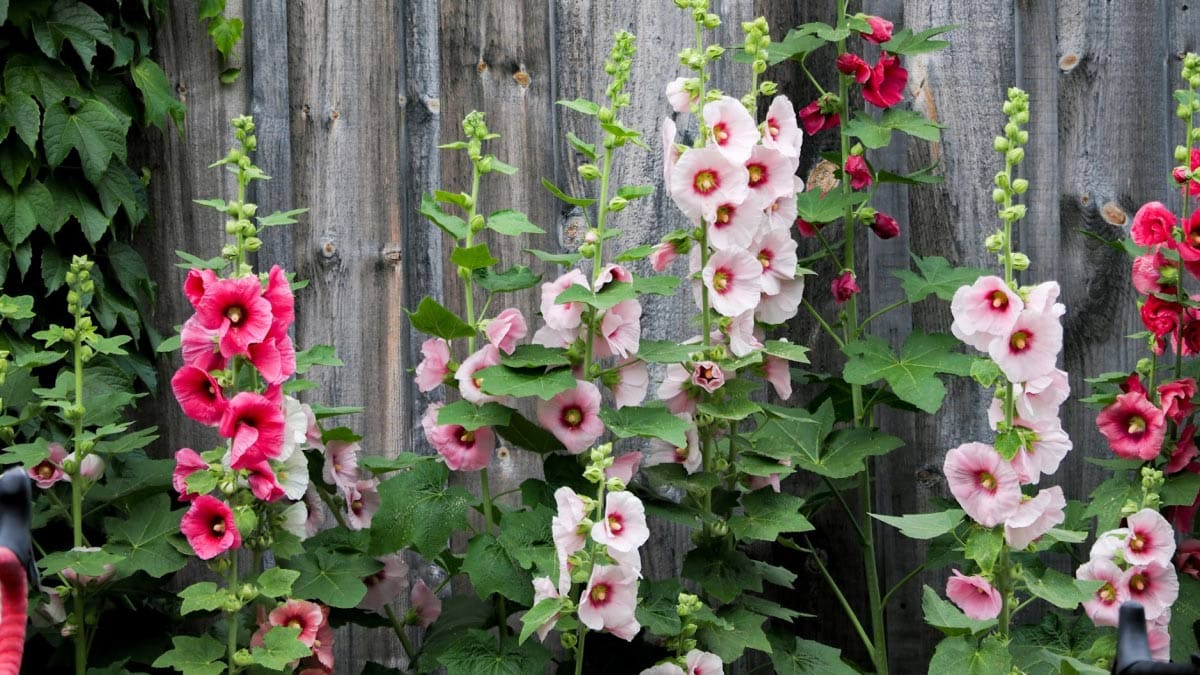
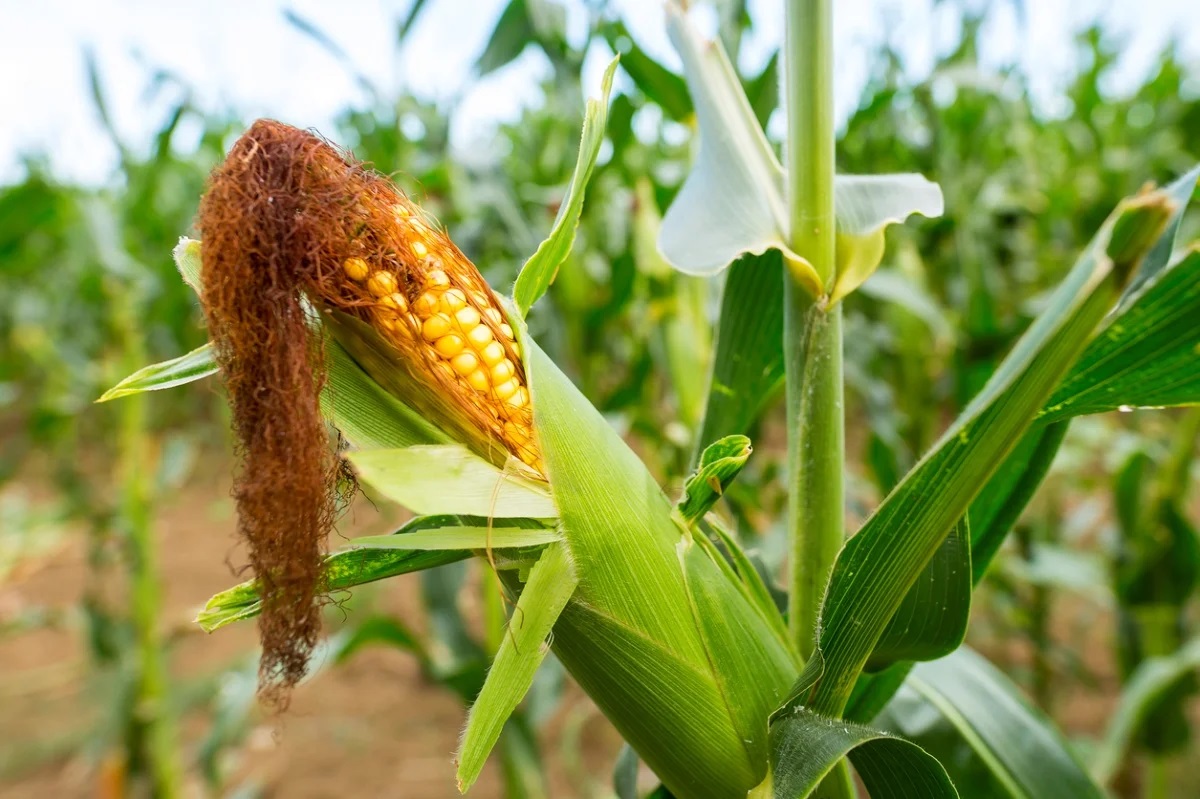
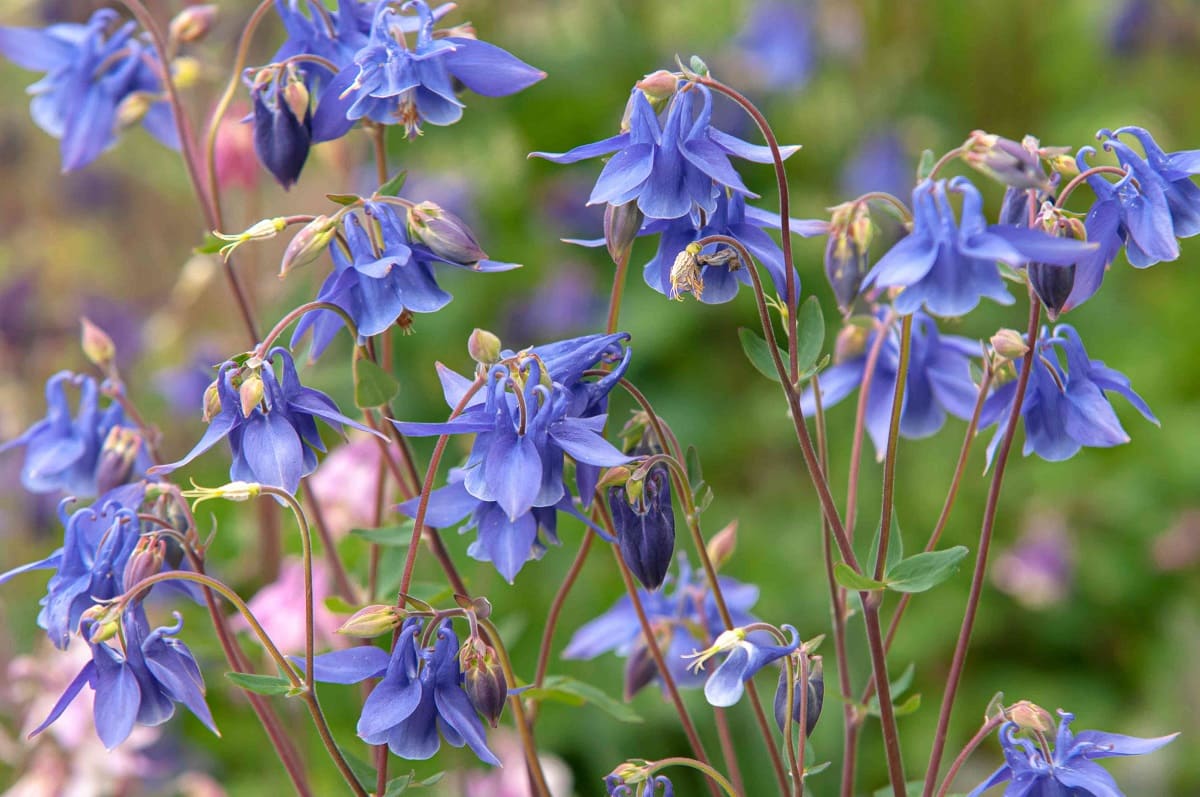
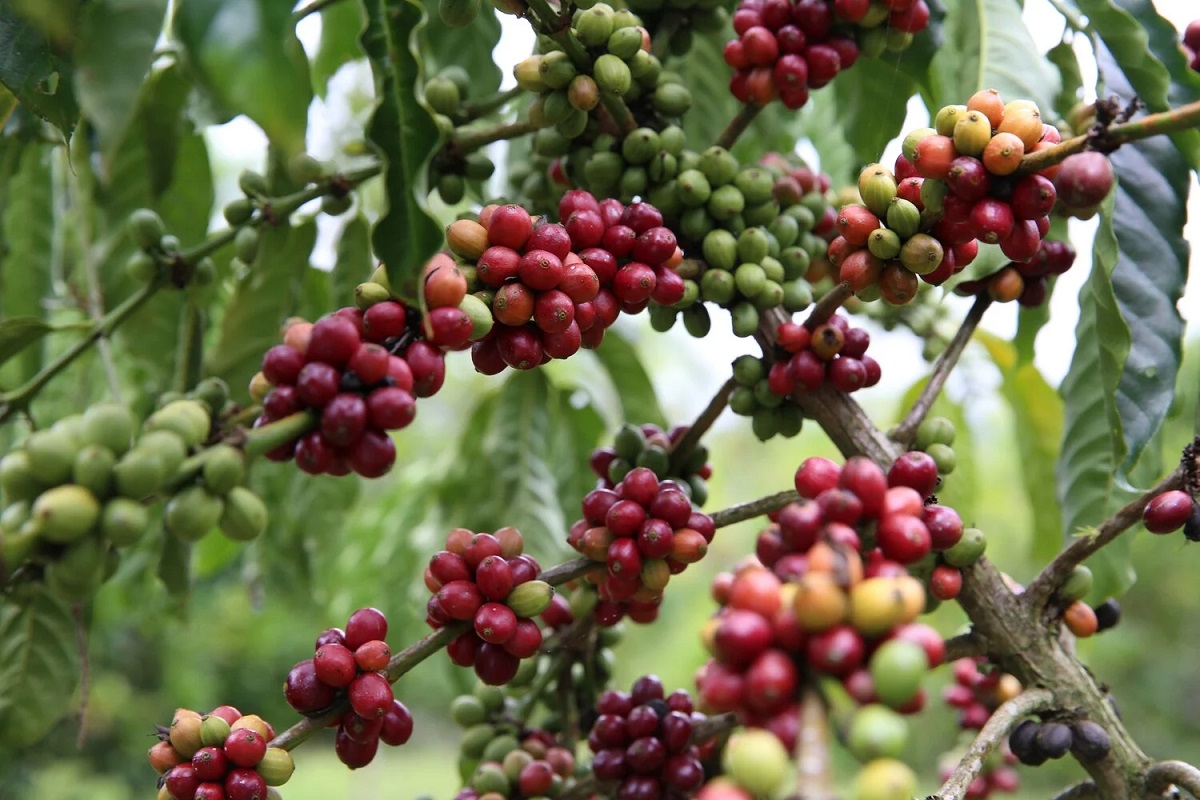
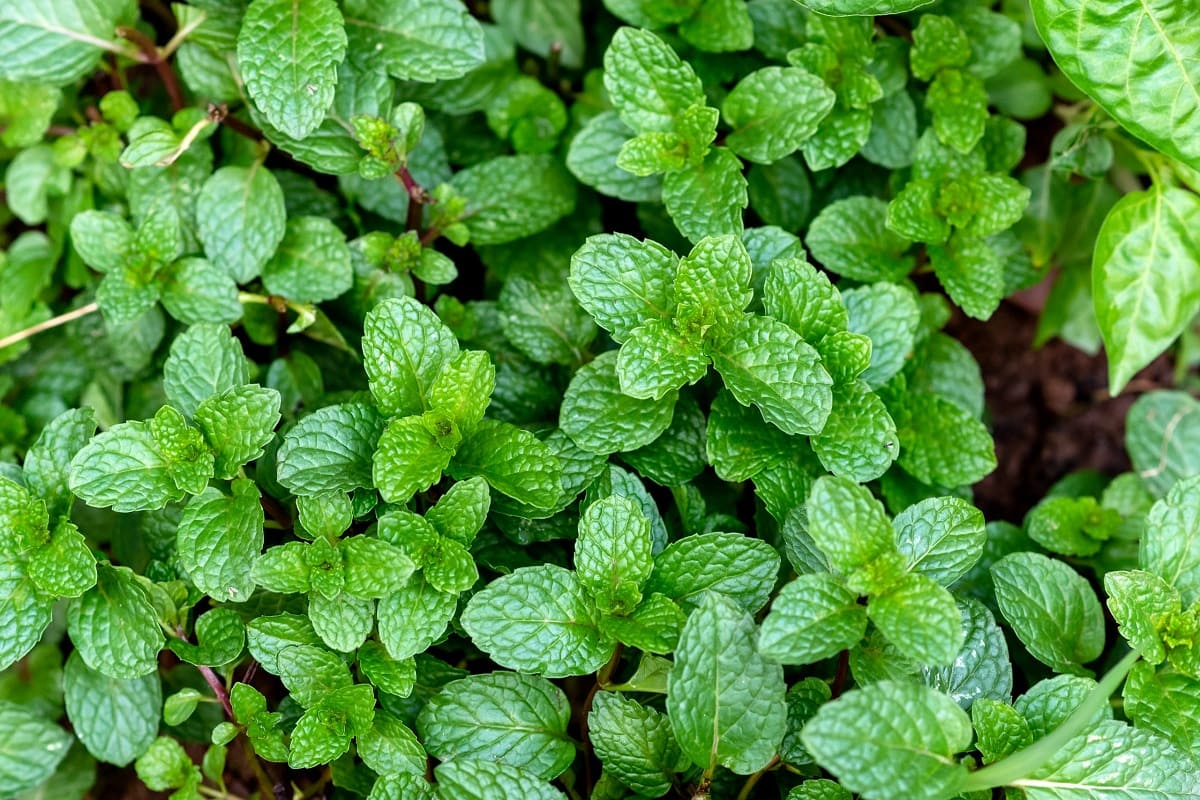


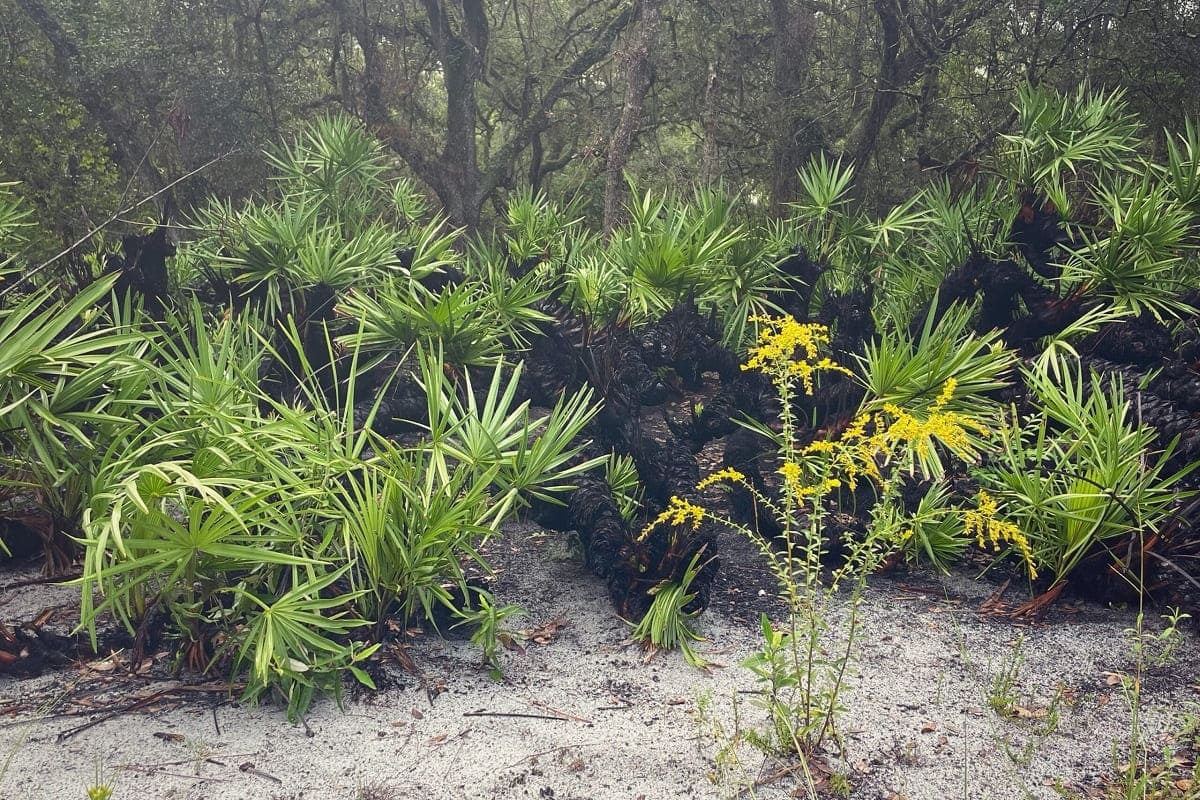
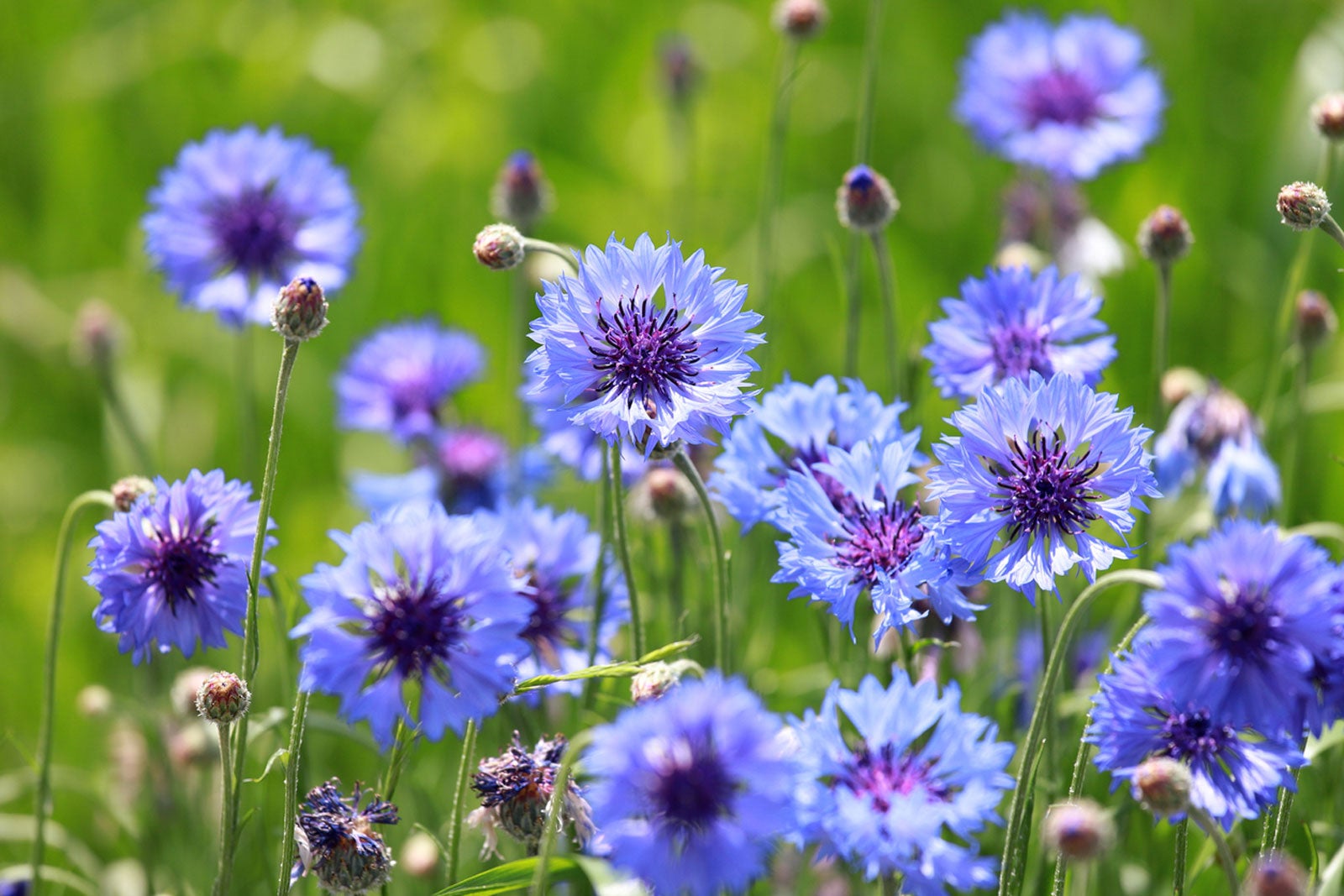
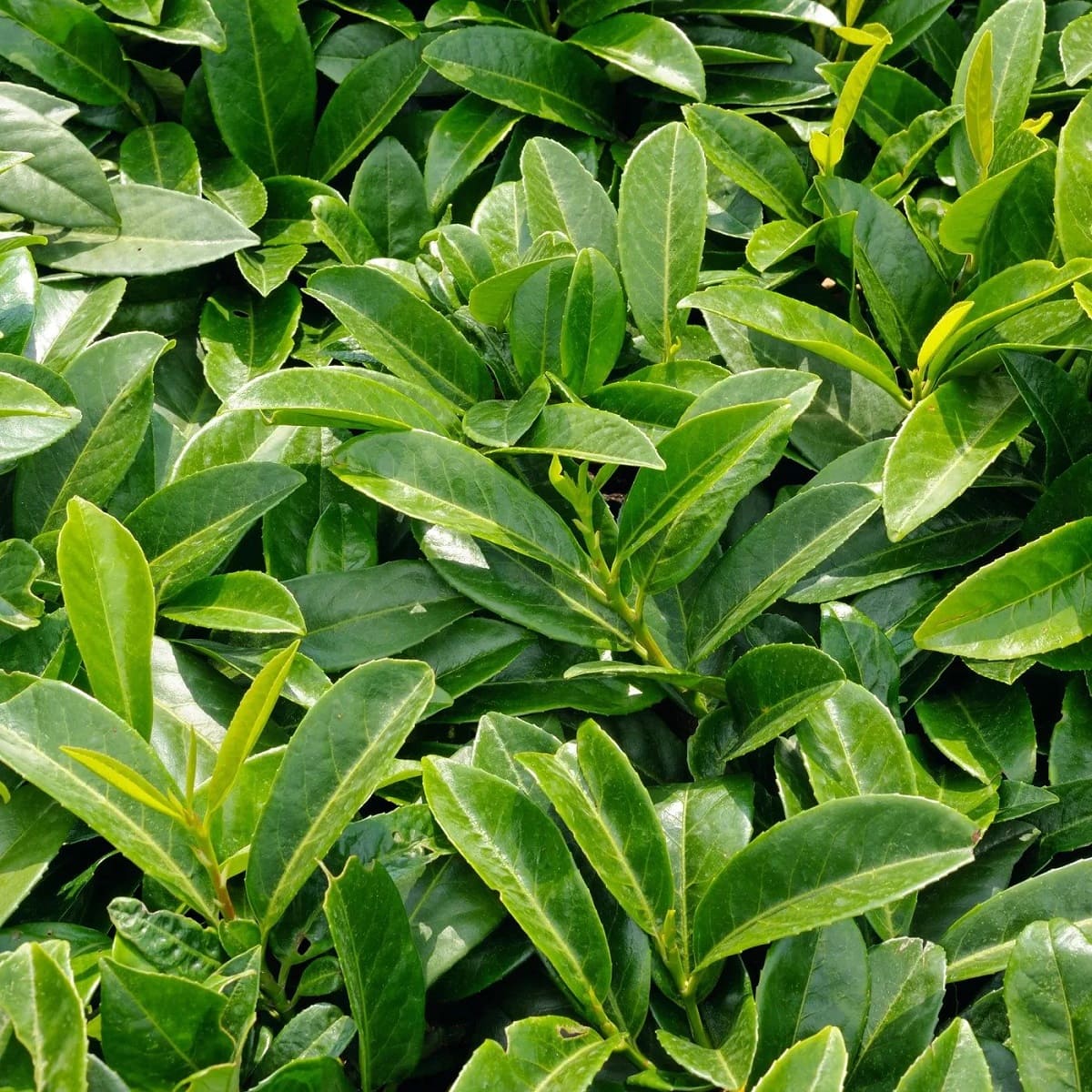

0 thoughts on “Where Is Ice Plant Native To”